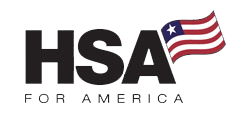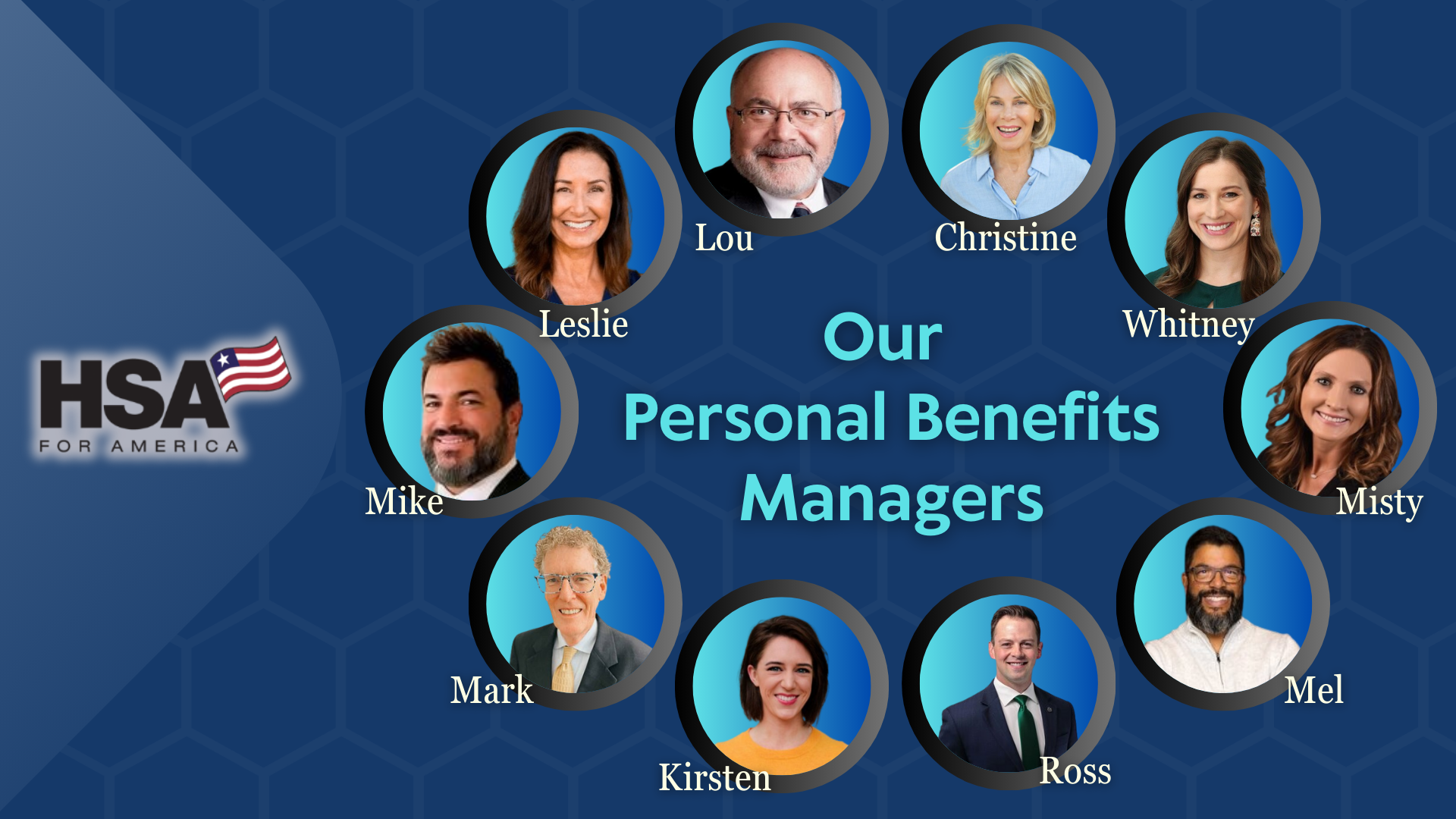
Low Income Health Insurance Special Enrollment Period
These provisions ensure low-income individuals and families can access coverage year-round. Below is a detailed guide to help you understand how to enroll, eligibility thresholds, and why purchasing an exchange plan is often better than other alternatives like COBRA.
Year-Round Health Insurance Enrollment for low Income Individuals
Low income individuals can enroll in health insurance anytime during the year.
Normally, people who don’t already have a health insurance plan and who don’t have a qualifying life event must wait for the Affordable Care Act’s open enrollment period, which runs from November 1st to January 15th to sign up for health insurance.
The earliest start date for a new health insurance plan without a special enrollment period is January 1st.
But many low-income individuals often struggle to enroll during the regular open enrollment window due to lack of awareness, affordability concerns, or complex processes.
In September of 2021, The U.S. Department of Health and Human Services (HHS) introduced a year-round SEP for applicants whose household income falls under 150% of the Federal Poverty Level (FPL).
That means that if your income is lower than the threshold, you don’t need to wait for open enrollment to sign up for ACA-compliant health insurance. You can sign up at any time during the year.
The U.S. government introduced the year-round special enrollment period (SEP) for low-income individuals for three reasons:
- Reduce barriers to health coverage
- Ensure equitable access to care
- Lower the uninsured rate
Compare Pricing on the Best Insurance Plans Available
Background
This SEP initially tied to the American Rescue Plan’s (ARP) enhanced subsidies is now permanent after a 2024 rule change, meaning it will remain available even if the ARP’s provisions are scaled back after 2025.
Benefits of the Low-Income SEP
- No Qualifying Life Event Needed: Enroll anytime throughout the year.
- $0 Premium Silver Plans: If your income is within the eligible range, the benchmark Silver plan will have a $0 monthly premium through 2025.
- Enhanced Subsidies Until 2025: Subsidies ensure reduced costs for Silver plans, but even if subsidies change, this SEP will still be available.
2024 Income Thresholds for Year-Round Enrollment
The table below shows the 150% FPL income limits for 2024.
Note that Alaska and Hawaii are displayed separately, due to the higher cost of living in those states. If your income falls within or below these ranges, you qualify for year-round enrollment.
150% of Poverty Line Thresholds By Size of Household, 2024
| Household Size | 48 States and DC | Alaska | Hawaii |
|---|---|---|---|
| 1 2 3 4 5 6 | $21,870.00 $29,589.00 $37,290.00 $45,000.00 $52,710.00 $60,420.00 | $27,315.00 $36,980.00 $46,605.00 $56,250.00 $65,895.00 $75,540.00 | $25,155.00 $34,020.00 $42,885.00 $51,750.00 $60,615.00 $69,480.00 |
Add $7,710 for each additional household member over 6 in most of the country.
In Alaska, add $9,645.
In Hawaii, add $8,865.
When Does Low Income Health Insurance Coverage Begin?
Coverage typically begins the first of the month after enrollment.
When you enroll through a special enrollment period, coverage generally starts the first day of the month following enrollment. For example, if you enroll on October 12, your coverage starts November 1.
This means that you can’t just sign up after you go to the hospital for an emergency and expect your new health insurance policy to pay for care. Try to have health insurance in place before the health care emergency.
Other Qualifying Life Events for Special Enrollment
Even if you don’t meet the 150% FPL threshold, other life events may make you eligible for a 60-day SEP:
- Losing Employer Coverage: If you lose your job-based health plan, you qualify for a SEP.
- Changes in Household: Getting married, divorced, or having a child triggers a SEP.
- Moving to a New Area: Moving to a location with different health plans qualifies for a SEP.
- Changes in Citizenship or Immigration Status: Gaining lawful permanent resident status makes you eligible.
- Release from Incarceration: If you are released from jail or prison, you qualify for a SEP.
- Aging Out of Parental Coverage: Turning 26 and losing coverage through a parent’s plan opens a SEP window.
Note: In some cases, documentation is required to verify these events to enroll during a SEP.
This means that generally, you have just 60 days from the qualifying event to sign up for a new health insurance plan.
Why a Marketplace Plan Beats COBRA
Marketplace plans are often cheaper than COBRA.
If you’ve lost your job-based insurance, opting for a subsidized Marketplace plan is typically more affordable than COBRA. Here’s why:
- Lower Premiums: With COBRA, you pay the full premium, including the employer’s share, plus a 2% administrative fee.
- Marketplace Subsidies: If your income is below about 400% of the federal poverty line, a traditional “Obamacare-style” health insurance policy will have premium tax credits and (for silver plans) cost-sharing reductions, making coverage more affordable.
- Flexible Plan Options: The Marketplace offers a variety of plans and networks, while COBRA only maintains your previous employer’s plan.
- Shorter Commitment: COBRA coverage can last up to 18 months, but switching to a Marketplace plan allows more flexibility to change or upgrade plans annually.
LEARN MORE: Is COBRA Continuation Coverage Right For You?
Choose a Silver Plan for Maximum Savings
A Silver plan maximizes savings for qualifying incomes.
If your income qualifies for subsidies, choosing a Silver plan over a Bronze plan will maximize your savings through cost-sharing reductions (CSRs). Here’s why:
- Lower Out-of-Pocket Costs: CSRs lower deductibles, copays, and coinsurance. So while the premium tax credits make your premiums more affordable, the CSRs lower the barriers to seeking care if you do have a need for medical care.
- Better Coverage: While Bronze plans have lower premiums, their higher deductibles often outweigh the savings – especially if you expect to consume significant health care during the year.
- Access to Providers: Silver plans typically offer broader networks and more comprehensive benefits compared to stripped-down Bronze plans and catastrophic plans.
- Catastrophic plans don’t qualify for premium tax credit subsidies.
Even if a Bronze plan seems cheaper month-to-month, a Silver plan will usually save you more in total medical costs, especially if you need care.
LEARN MORE: How Health Insurance Subsidies Work
Compare Pricing on the Best HealthShare Plans Available
Low Income Health Insurance Special Enrollment Conclusion
Do you need help finding the right plan for your budget?
Don’t wait – contact a Personal Benefits Manager today. There’s no extra charge. Our expert services are fully paid for by whatever health plan you may wind up choosing. We’ll guide you through your options and make sure you get the maximum benefits available.
Here are some additional articles on healthsharing programs: Myths and Misconceptions About Health Insurance | Obamacare Subsidies: Estimating Income (And What Happens If You Get It Wrong | Silver is Better Than Bronze | How Much is Health Insurance for a Family of 4? [2025 Planning Guide]
Here are some additional pages related to this article: Healthshare Plans Find Your Best-Fit | The Complete Guide to Direct Primary Care (DPC)



